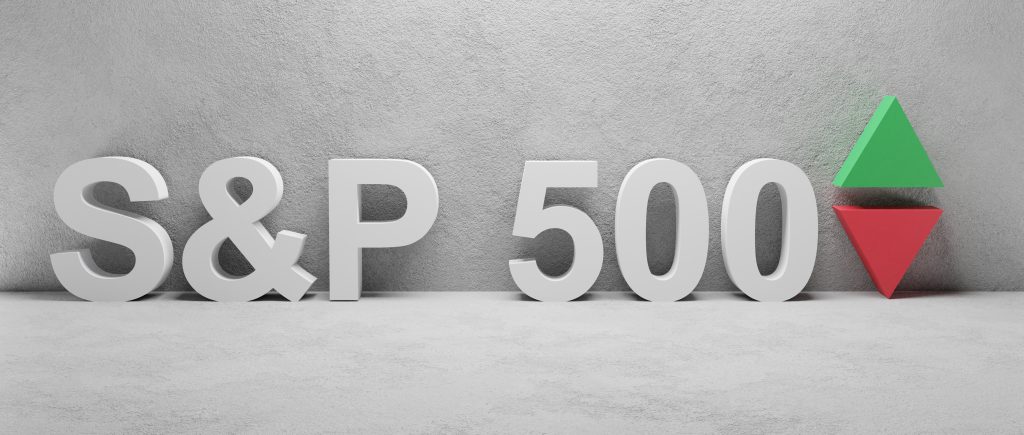China lockdowns, Russo-Ukraine war/Russo-Western tensions, growth concerns and expectations for central bank tightening have all been cited as hurting sentiment.
Aside from strength in energy stocks amid a rebound in oil prices, US equity markets were a sea of red on Tuesday, with the major indices led lower most notably by weakness in mega-cap tech stocks ahead of earnings in the coming days.
Apple was last trading down 2.6%, Microsoft 2.7%, Alphabet 2.9%, Facebook 3.0% and Amazon 4.0%, while Tesla shares slid more than 11%. Microsoft and Alphabet will both be reporting Q1 figures after Tuesday’s closing bell, while a third of the companies in the S&P 500 will be reporting their Q1 results just this week. The S&P 500 fell back to test the 4,200 level and eyed a break towards March lows.
The S&P 500 index was last trading down over 2.0% and testing the 4,200 level, a break below which would likely see it test March lows in the 4,160 region next. The much more heavily tech/growth stock weighted Nasdaq 100 index was last trading down over 3.0% and eyeing an imminent test of its March lows just above 13,000.
The Dow was holding up a tad better, though still not well, and was last trading down about 1.9% in the 33,400 area, where it still resides about 2.5% above its March lows. The S&P 500 CBOE Volatility Index (VIX), often referred to as Wall Street’s “fear gauge” broke back above 30.00 and to its highest level in more than one month in the mid-31.00s.
Analysts highlighted a combination of bearish factors as weighing on investor sentiment on Tuesday. These include concerns about the impact of Chinese lockdowns and concerns about potential escalation of Russia/West economic tensions and violence in Ukraine/Europe as Russian officials again jawbone about nuclear war risks.
Both of these themes are contributing to concerns about longer-lasting inflationary pressures and stagflationary risks. And these bearish themes come against the backdrop of aggressive (expected) tightening from most of the world’s major central bank (excluding China and Japan). This puts valuations under pressure amid a higher risk-free rate and puts earnings under pressure, assuming higher rates equal weaker long-term growth.
Robust US March Durable Goods, February S&P/Case-Shiller House Price Index and April Conference Board Consumer Confidence survey data released earlier in the day did not have an impact on sentiment. The highlights of the economic calendar this week include the first estimate of US Q1 GDP growth figures on Thursday followed by March Core PCE inflation data on Friday.

 Noor Trends News, Technical Analysis, Educational Tools and Recommendations
Noor Trends News, Technical Analysis, Educational Tools and Recommendations




